Location
Making wine,
living, loving,
raising children
and turning old.
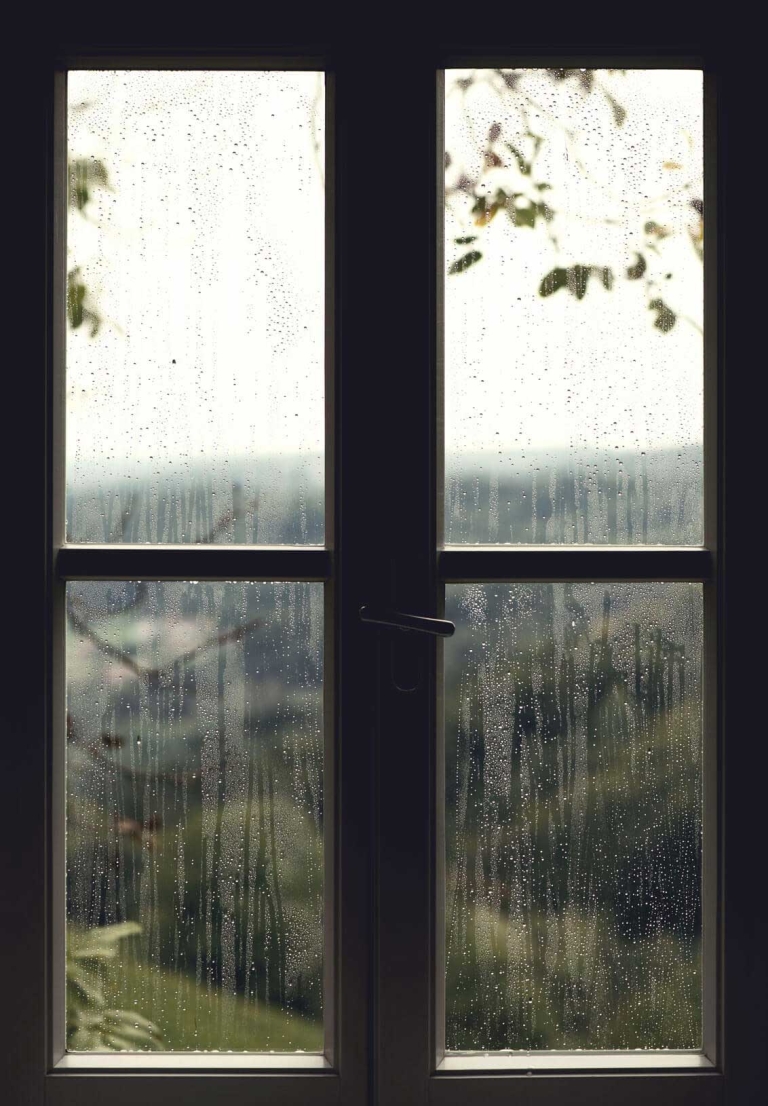
A place
to live.
Ried
Kranachberg
Gamlitz
Since the 18th century the Kranachberg is part of the family property. Until the 70s it was mixed agriculture that was emphasised. Even though the soil was outstanding already back then, wine was no more than a minor matter so to say. Today the Kranachberg is considered the starting point of everything.
Not only for Hannes’ understanding how to make wine but also his unconditional drive towards the ground, the soil and everything that comes out of it.
The Kranachberg is located in a basin with a south-western orientation at 500 meters above sea level. The soil consists of porous calcareous and sandy gravel. This reflects in the wine in a fresh, salty minerality and elegant structure.
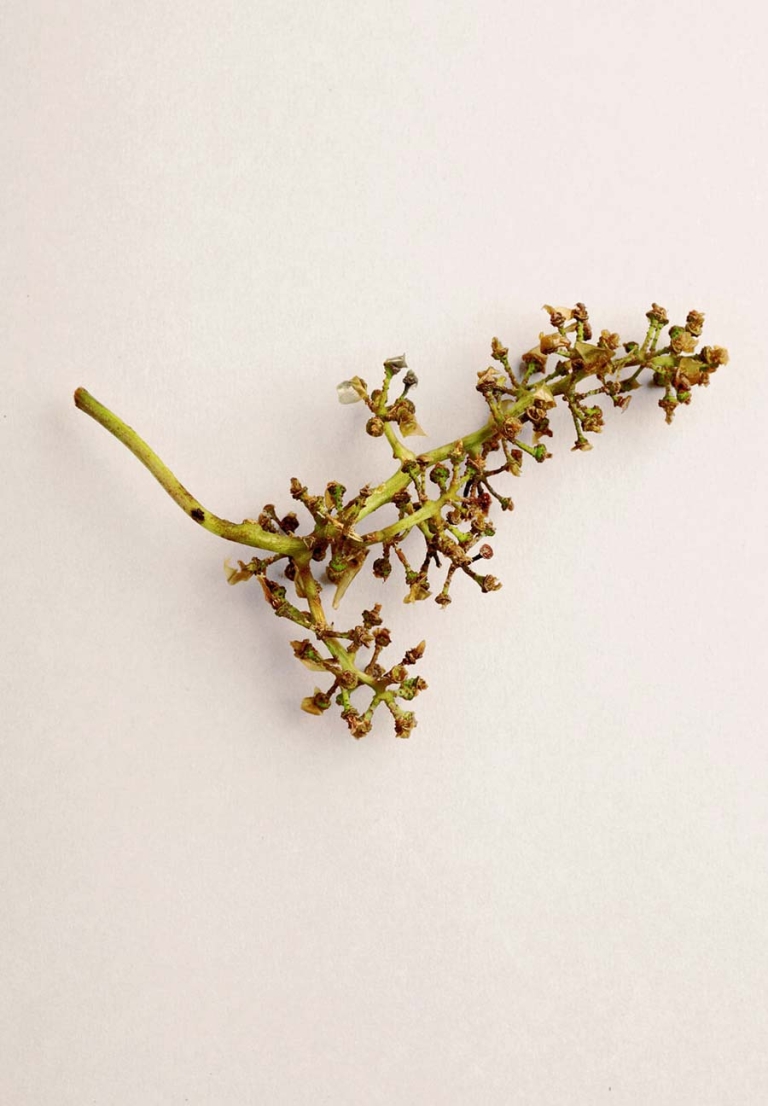
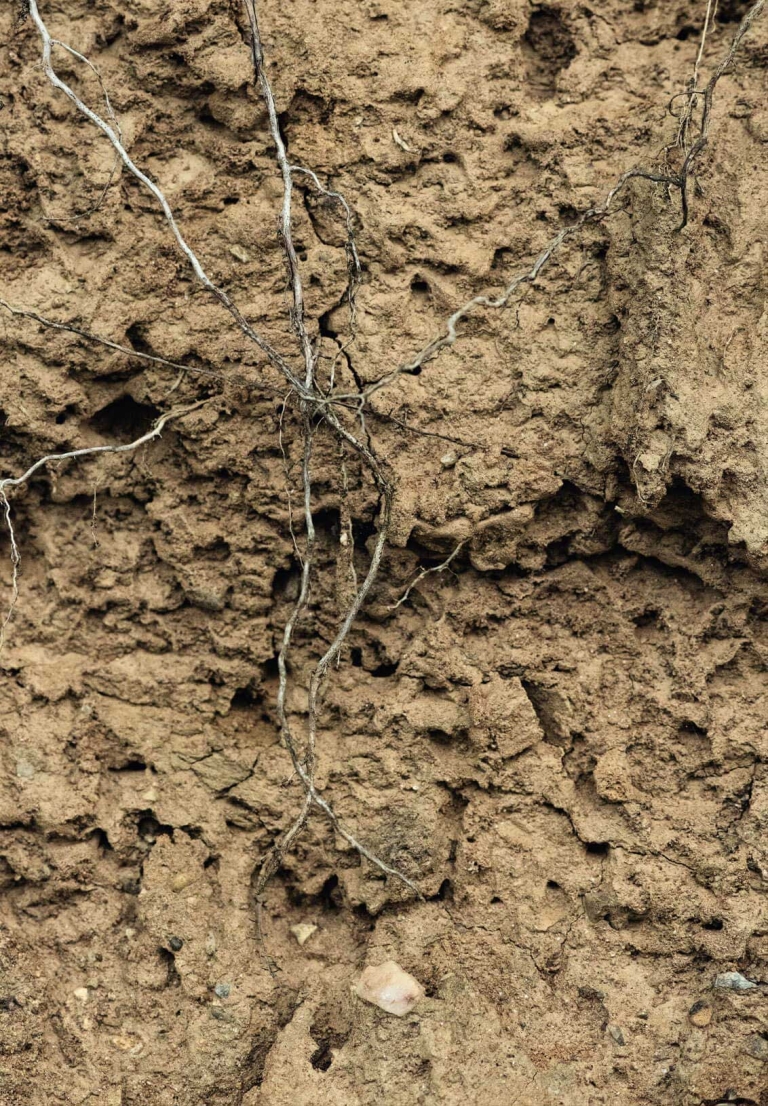
„To capture the purity of the soil, to portray the character that speaks from it – that is my understanding of being close to earth.“
Hannes Sabathi
Ried
Jägerberg
Gamlitz
Since 2010 Hannes cultivates the single-vineyard Loren. It is situated at 550 meters above sea level and is exclusively south facing. The ground structure is very characteristic for that particular region and consists of heavy “Opok” soil (a mixture of limestone and clay) giving the wine depth and complexity, power and finesse.
Ried
Loren
Gamlitz
Since 2010 Hannes cultivates the single-vineyard Loren. It is situated at 550 meters above sea level and is exclusively south facing. The ground structure is very characteristic for that particular region and consists of heavy “Opok” soil (a mixture of limestone and clay) giving the wine depth and complexity, power and finesse.
Ried
Kehlberg
Gamlitz
The dolomite soils covered with a layer of brown earth ensures wines with precision and purity. The presence of the southern festoon, a very special kind of butterfly, showcases that the bio diversity is still in oder on that stretch of land. This precious insect is therefor not only eponymous for a special wine, it is also the symbol for the promise to care for this land and its delicate bio diversity.
Its about
becoming
one.
To find the perfect synthesis of soil, climate and handicraft. To become one with the land that we were entrusted with.
Our vineyards benefit from the humid and warm continental climate that is typical for Southern Styria and are thus perfect for Sauvignon Blanc. A grape variety that Hannes eventually wants to make “the best wine of the world” out of.

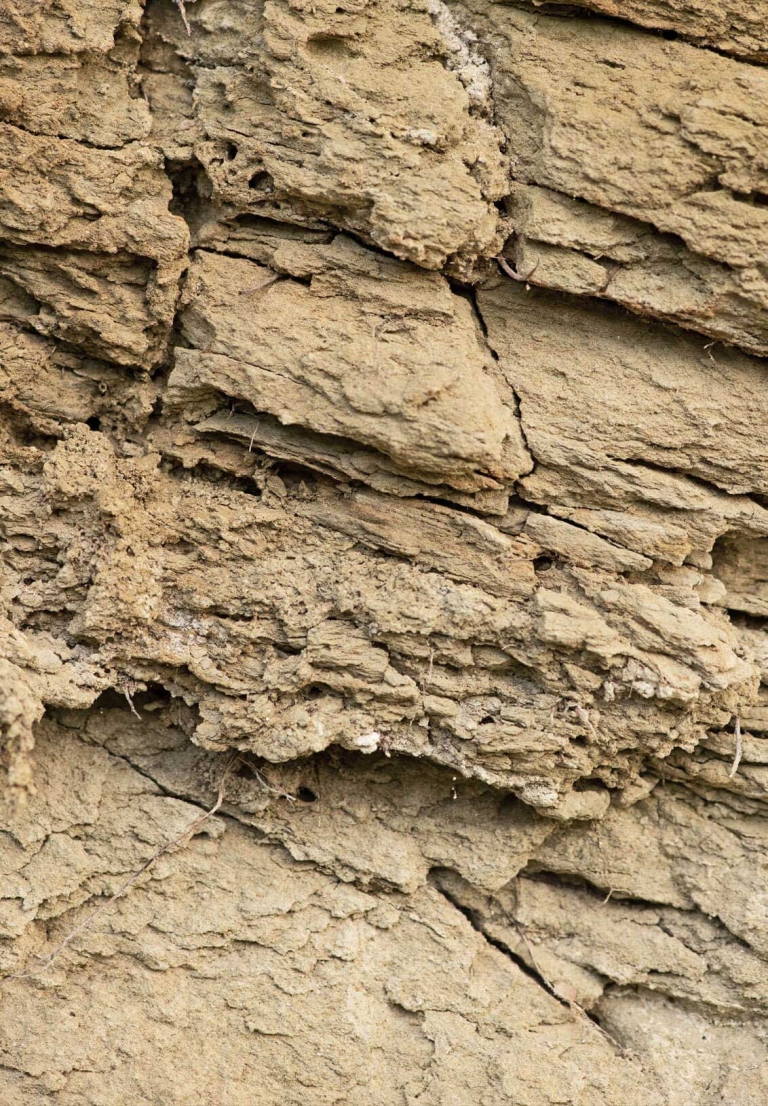
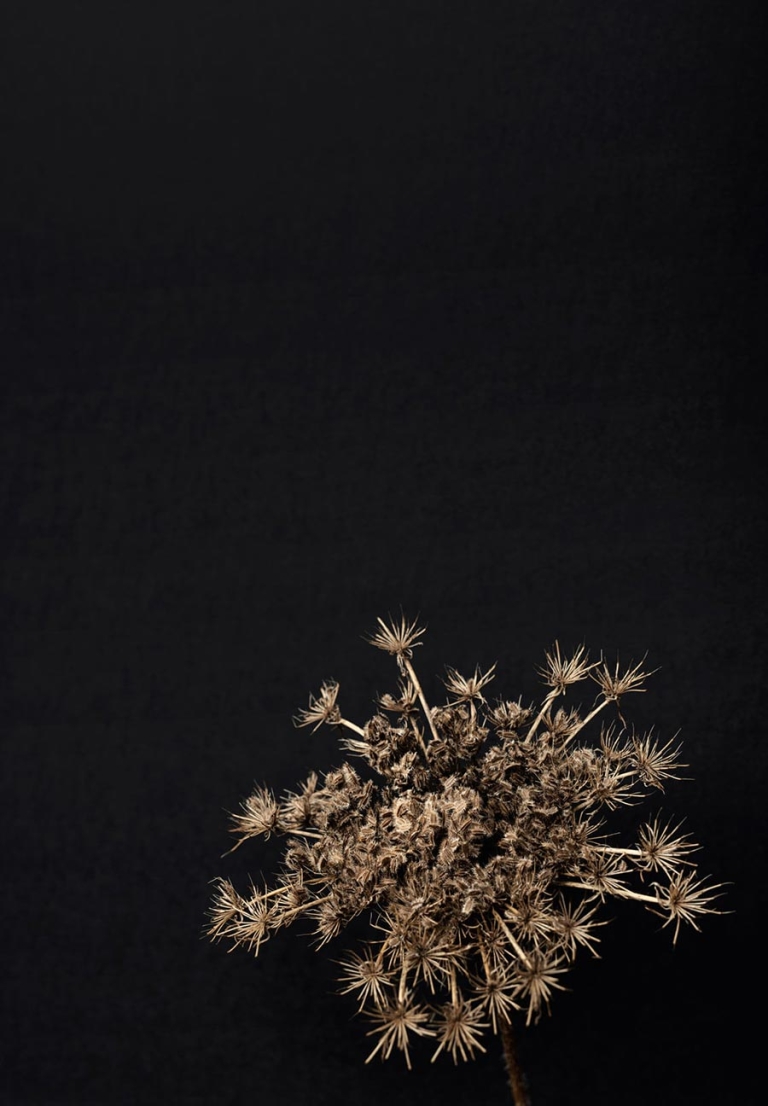
“First you work with what you’ve got. Later you come across things you want to work with. Thats how it was with me and the vineyards, that gradually added on one after another.“
Hannes Sabathi











